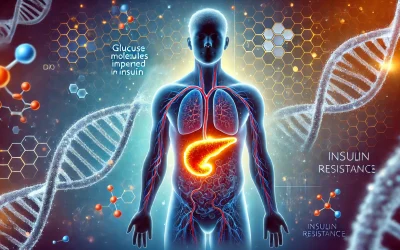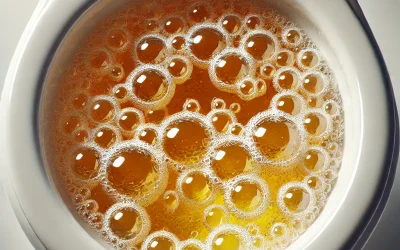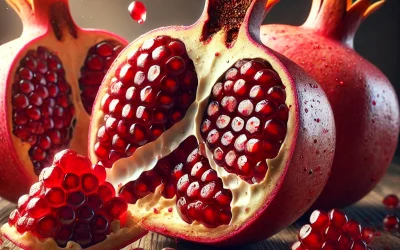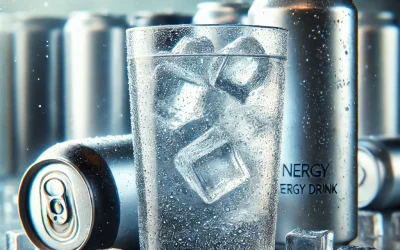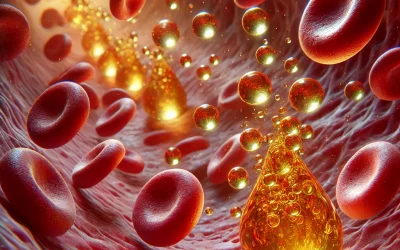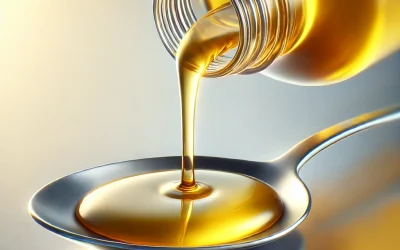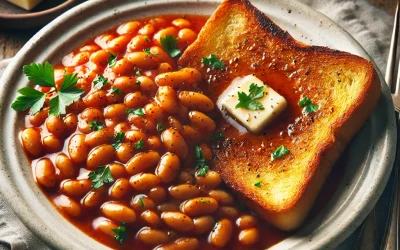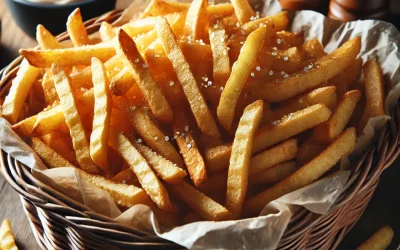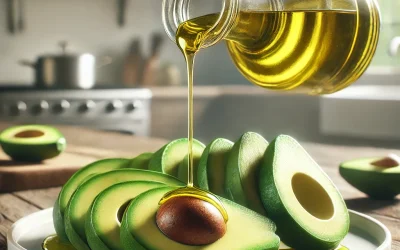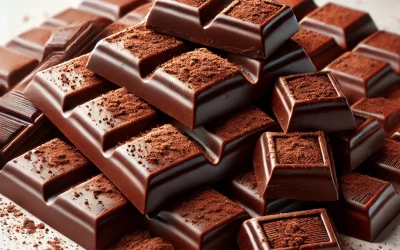Introduction
Sports energy drinks are formulated to provide a rapid source of energy, primarily through glucose and other carbohydrates. For athletes and active individuals, these drinks play a crucial role in sustaining endurance, replenishing glycogen stores, and maintaining blood sugar levels during intense activities. However, for people with diabetes, managing glucose intake is essential to avoid spikes and crashes in blood sugar levels.
This article explores how sports energy drinks work, their impact on blood glucose levels, and compares different types based on their composition.

The Role of Glucose in Sports Energy Drinks
Glucose is the body’s primary source of energy, especially during high-intensity activities. Unlike fats and proteins, which take longer to break down, glucose provides an almost immediate energy boost. Sports energy drinks typically contain simple sugars (glucose, sucrose, maltodextrin, or fructose) to ensure rapid absorption.
For individuals with diabetes, consuming glucose-based energy drinks must be carefully managed to prevent hyperglycemia (high blood sugar) or hypoglycemia (low blood sugar). The choice of drink depends on the type of diabetes, activity duration, and personal tolerance to sugar intake.
Types of Sports Energy Drinks
Sports energy drinks can be categorized based on their carbohydrate content and intended use:
1. Isotonic Drinks
- Carbohydrate Content: 6-8%
- Purpose: Designed to quickly replace fluids lost through sweating while supplying a moderate amount of glucose.
- Best For: Endurance athletes, long-distance runners, cyclists.
- Diabetes Consideration: Moderate glucose release, requires careful blood sugar monitoring.
2. Hypertonic Drinks
- Carbohydrate Content: 10% or more
- Purpose: High-energy drinks for carbohydrate loading before or after workouts, replenishing glycogen stores.
- Best For: Recovery after long training sessions.
- Diabetes Consideration: Not ideal for diabetics as they contain high sugar levels, leading to rapid blood glucose spikes.
3. Hypotonic Drinks
- Carbohydrate Content: Less than 6%
- Purpose: Primarily for hydration, containing electrolytes and minimal sugar.
- Best For: Individuals who need hydration without a significant glucose intake.
- Diabetes Consideration: Better suited for diabetics as they cause a minimal impact on blood sugar.
4. Electrolyte Drinks (Without Carbohydrates)
- Carbohydrate Content: 0% (Contains only electrolytes like sodium, potassium, magnesium)
- Purpose: Replenish electrolytes lost through sweat without increasing glucose intake.
- Best For: Short-duration workouts or individuals needing hydration without sugar.
- Diabetes Consideration: Safest choice as it does not impact blood sugar levels.
Comparison Table of Sports Energy Drinks
| Drink Type | Carbohydrate % | Best Use Case | Diabetes Consideration |
|---|---|---|---|
| Isotonic | 6-8% | Long workouts, endurance sports | Moderate glucose impact, monitor intake |
| Hypertonic | 10% or more | Post-workout recovery, carb loading | High glucose impact, not ideal for diabetics |
| Hypotonic | Less than 6% | Hydration, shorter workouts | Lower glucose impact, safer option |
| Electrolyte (No Carbs) | 0% | Hydration, replacing minerals | No impact on blood sugar, best for diabetes |
Choosing the Right Sports Energy Drink for Diabetes
For individuals managing diabetes, selecting the right sports drink depends on exercise intensity, duration, and blood sugar control goals:
- For endurance activities (e.g., running, cycling, swimming): A well-controlled isotonic drink can help maintain energy without drastic glucose spikes.
- For short workouts (e.g., gym sessions, sprints): A hypotonic or electrolyte-only drink is preferable to avoid unnecessary sugar intake.
- For recovery: If carbohydrates are needed, pairing a small amount of a hypertonic drink with protein can aid muscle recovery while keeping glucose levels stable.
Tips for Safe Consumption
- Monitor blood sugar before, during, and after exercise to prevent hypo- or hyperglycemia.
- Choose drinks with a mix of glucose and electrolytes rather than pure sugar solutions.
- Drink in small sips over time rather than consuming all at once to manage blood sugar stability.
- Opt for natural alternatives like diluted fruit juice with added salt if commercial drinks contain too many artificial additives.

Final Thoughts
Sports energy drinks can be useful for maintaining energy and hydration during exercise. However, for individuals with diabetes, careful selection is essential to balance energy needs while avoiding glucose spikes. Isotonic and hypotonic drinks tend to be the safest options, while hypertonic drinks should generally be avoided unless medically advised.
Always consult a healthcare professional or dietitian before incorporating sports drinks into a diabetic diet, especially for high-intensity activities.
